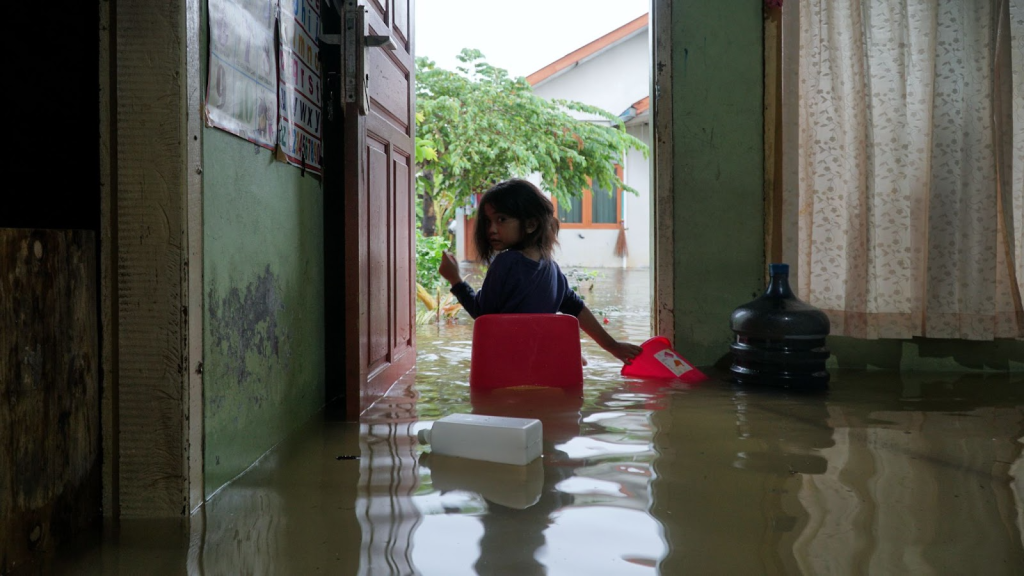
How Insurance Works With Water Damage Repairs
Water damage repairs are often eligible under homeowners’ insurance, but only when the damage is sudden and accidental. That means water from a burst pipe or faulty appliance may qualify, while slow leaks, drainage backups, or neglect-related problems usually do not. Each claim depends on the source of the water, how long it has been present, and whether you’ve taken steps to address the problem. Knowing precisely what your policy states helps you avoid unexpected out-of-pocket expenses.
Water Damage Types Covered by Insurance
Insurance usually covers water damage that starts from inside the home. It includes plumbing failures, appliance malfunctions, or sudden roof damage during a storm. For example, if a frozen pipe bursts and floods your hallway, your policy likely covers the repairs. However, damage from long-term leaks or poor maintenance is often denied. Additionally, flooding caused by heavy rain, rising rivers, or sewage backups requires a separate flood or sewer backup policy. Clarify the exclusions before water finds its way into your property.
Covered vs. Non-Covered Events
Covered water damage must be accidental and unexpected. A typical example is water damage from a washing machine overflow or an air conditioning drain pan failure. On the other hand, long-term leaks under sinks or behind walls are usually considered homeowner negligence. Insurers might inspect the area and deny the claim if they spot mold, rust, or corrosion signs. Roof leaks are often covered if caused by hail or a fallen tree, but not if the roof is old or improperly maintained. These distinctions matter when filing your claim.
Why Timing Impacts Coverage Decisions
Delays can turn a valid claim into a rejected one. Insurance companies expect homeowners to report damage promptly and take steps to prevent further loss. Waiting days or weeks to address the issue can raise questions about whether the damage has worsened due to inaction. Mold, for example, typically forms within 48 hours, and most policies exclude mold-related costs unless proven unavoidable. Fast reporting, mitigation, and documentation support your chances of approval. Quick action demonstrates your responsibility as a policyholder.
Understanding the Water Damage Claims Process
Filing a claim for water damage repairs involves multiple steps, and missing even one can slow everything down. Insurance companies require proper documentation, accurate estimates, and timely communication. Knowing how this process works helps you protect your payout and avoid delays. It also ensures that repairs are completed faster, preventing additional damage to your home.
Steps to Take Immediately After Water Damage
Start by stopping the water source if you can do so safely. Next, take clear photos and videos of all affected areas, including flooring, walls, and personal items. Contact your insurance company immediately to initiate a claim, and then schedule professional water mitigation services if necessary. Avoid throwing anything out until an adjuster sees the damage. Keep receipts for cleanup services and equipment rentals, like fans or dehumidifiers. This paper trail becomes part of your claim file.
What the Insurance Adjuster Looks For
The insurance adjuster inspects the damage to decide what’s covered and how much the company should pay. They assess where the water came from, how far it spread, and whether materials are salvageable. Adjusters rely on your photos, mitigation records, and contractor estimates to back up your case. Be present during the inspection to explain the timeline of events. They may also use software to calculate repair costs based on market rates. Be prepared to negotiate if their estimate seems low.
How Water Damage Estimates Are Calculated
Contractors and insurance companies use different methods to estimate repair costs. Contractors typically assess labor, materials, and the full scope of work needed for proper restoration. Insurance companies often rely on pricing software and may try to lower costs with substitute materials or generic replacements. It’s smart to get two or three professional estimates to compare with what your insurer offers. If there’s a significant gap, you can submit a written rebuttal. Knowing the value of the repairs keeps the process transparent.

Common Insurance Issues With Water Damage Repairs
Insurance for water damage repairs doesn’t always run smoothly. Property owners often face delays, denied claims, or frustrating back-and-forth with insurers. These issues typically arise from unclear policies, inadequate documentation, or disputes over costs. Understanding common problems helps you avoid the stress and keep repairs on track.
Why Claims Get Denied or Delayed
Claims often get denied when insurance companies argue the damage was preventable. For example, ignoring a slow drip under the sink for weeks may be seen as neglect. Insurers may delay approval without a clear record of when the damage occurred or how you responded. Some even request third-party inspections or contractor reports to verify your story. Additionally, the claim may get stuck in review if multiple parties are involved, such as a tenant or vendor. Keep communication and records clear from the start.
Actual Cash Value vs. Replacement Cost
Your insurance payout depends on how your policy values items. You’ll receive the item’s value minus depreciation if you have actual cash value (ACV) coverage. With replacement cost coverage, you get the full cost of replacing it with a new, similar item. For example, if your ten-year-old carpet is damaged, ACV will pay much less than it costs to install a new carpet. Knowing which coverage you have affects how you budget for repairs. Ask your agent if your policy can be upgraded to replacement cost.
How Deductibles Impact Your Claim
Your deductible is the amount you pay before insurance starts helping. If your deductible is $2,500 and the repair cost is $4,000, you’re only reimbursed $1,500. Higher deductibles may lower your monthly premium, but they also reduce the value of small claims. Some policies have different deductibles for water damage, especially if you live in a flood-prone area. It’s essential to know your financial exposure before you need it. Plan for those costs now so they don’t catch you off guard.
Dealing With Conflicts Over Estimates
Sometimes the insurance payout is too low to cover your contractor’s costs. Insurers may push back on particular line items, arguing that the repairs can be done more cheaply. In these cases, you can submit a contractor’s written justification or bring a public adjuster to review the claim. Public adjusters work independently to negotiate with your insurance company. You can also request a reinspection if damage was missed. Persistence often leads to a better result.

Maximizing Insurance Payouts for Water Damage Repairs
Getting the most from your insurance claim isn’t about exaggeration but precision. Strong documentation, quick action, and professionalism can turn a lowball offer into a proper payout. Insurance exists to protect your investment, and understanding how to utilize it is crucial. Planning and staying informed ensure your home doesn’t take the hit twice.
Prepare Your Property Before Disaster Hits
Take inventory of your property using video and photos; store digital copies in the cloud or off-site. Record the age and condition of major systems like plumbing and roofing. Keep a home maintenance log with receipts for repairs or upgrades. This record proves you took care of your home, making it easier to defend your claim. It also gives your adjuster fewer reasons to deny or delay.
Choose Qualified Water Damage Restoration Pros
Don’t settle for the insurer’s cheapest option. Seek licensed, bonded, and insured contractors certified in water mitigation and structural drying. A reputable company restores everything correctly the first time, avoiding repeat repairs. Inquire about IICRC certification, which signifies adherence to professional standards. Read reviews and request a written scope of work. Professionalism protects both your home and your insurance payout.
Use All Available Coverage in Your Policy
Some policies include additional coverage you may not notice at first. For example, “loss of use” pays for hotel stays if your home becomes unlivable. You may also qualify for personal property replacement or emergency services like temporary plumbing rerouting. Review your declarations page and ask your agent to explain the benefits that have been underused. These extras can save thousands during repairs. Use them wisely while your claim is open.
Avoid Mistakes That Undermine Your Insurance Claim
Too often, homeowners throw away damaged items before an adjuster arrives. Alternatively, they may begin full-scale repairs without approval, which could void the claim. Always document everything before acting and get written permission from your insurance provider. Save receipts, contracts, and emails related to mitigation or repair work. Avoid giving inconsistent stories to different parties. One mistake can create doubt that costs you later.
Respond With Confidence to Water Damage Repairs
Water damage doesn’t pause while you figure things out. The longer you wait, the more costly and complicated it becomes. Acting early with the correct information and support can save your property and budget. You don’t need to have all the answers, but you need to start with the right ones. Contact experienced professionals, understand your policy, and take proactive steps to prevent further damage. The right move now prevents the wrong outcome later.
Are you looking to outsmart water damage before it costs you? The Express Restoration blog provides in-depth guides and expert updates.
